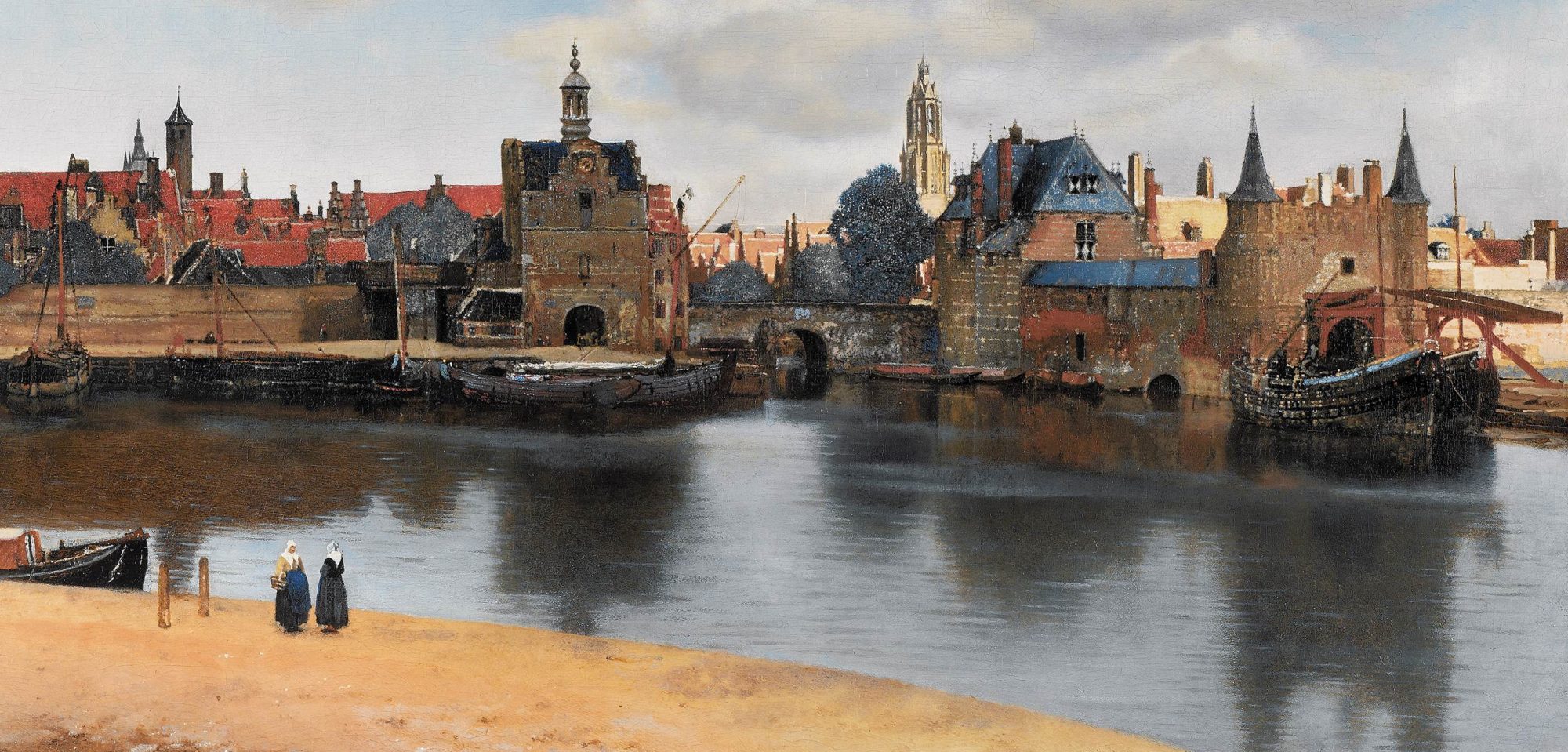Fueled by seasonal winds and dry conditions, Southern California’s Thomas Fire has become the largest, in terms of acreage, since 1932 when reliable recording began. State officials are saying that the 2017 fire season has been the most destructive that people in state have seen.
As of the Vanity Fair December 20 publication of Jane Borden’s article “In Southern California, Even the Art Has a Fire Rescue Plan,” the Thomas Fire had destroyed about 800 homes, nearing Santa Barbara, Montecito, and Ojai, collectively home to the Museum of Contemporary Art Santa Barbara, the Santa Barbara Museum of Art, working artists, art collectors, and celebrities.
On the evening of December 4, artists living in Ojai had no time to pack up their work before evacuating. Those with studios in Ventura spent evenings sleeping beside their work.
Works from four collections were moved to purified, closed rooms at the MCASB.
The Santa Barbara Museum of Art, with van and crew ready at short notice, safeguarded works of art, valued at millions of dollars, retrieved from homes in the area.
The Conservation Center of Chicago is described as the “most prepared art-rescue team working in Southern California” during the fire.
As the air quality was rendered “really bad” by the Thomas Fire, teams from The Conservation Center rotated every four or five days. Works of art that were not damaged were stored in a safe location in Los Angeles. Works with minor damages were restored locally. More damaged works of art were shipped to Chicago for full restoration.
An industry leader in rescuing works of art after disasters such as fires or floods, The Conservation Center brings over 30 years of experience caring for individual, private, and public collections.
“In addition to restoration and packing and shipping services, The Conservation Center in Chicago specializes in disaster response. The Center’s national clients include corporations, museums, nonprofits, and private collectors, and the response team is trained to triage a variety of situations, most notably flood and fire. This year alone, the 36-person team has responded to hurricane damage in Houston and Miami, and rescued or restored 1,350 works from a Georgia museum damaged by a tornado. Now, the fires. “I’ve been with the company for 29 years, and this is definitely unprecedented, to have these things happening so closely together,“ explains Heather Becker, C.E.O. of The Conservation Center.”
See:
“Thomas Fire is Now California’s Largest Wildfire in History” | Doreen McCallister, NPR, 23 December 2017
“In Southern California, Even the Art Has a Fire Rescue Plan” | Jane Borden, Vanity Fair, 20 December 2017
#art #SouthernCalifornia #ThomasFire #SantaBarbara #Montecito #Ojai #MuseumofContemporaryArtSantaBarbara #MCASB #SantaBarbaraMuseumofArt #SBMA #conservation #rescue #restoration #artcollections #collectionsmanagement #CO2 #luxury #smartluxury #design #architecture #engineering #fireresistance #TheConservationCenter #Chicago #resilience #health #wellness#realestate #culturalrealestate #culturalheritage
